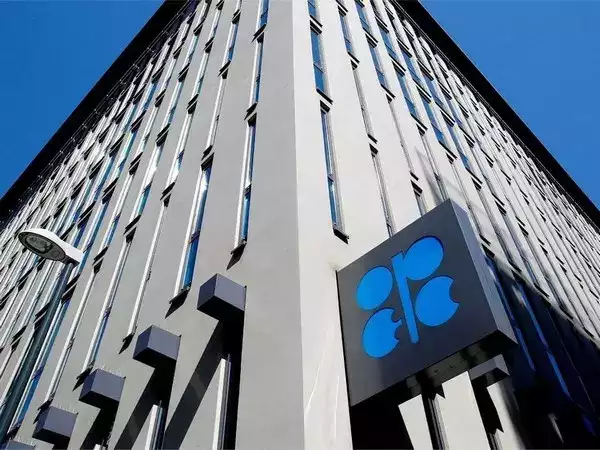
Members of OPEC+ - comprising OPEC and allies such as Russia - tend to push for higher capacity to get higher output targets after the percentage cut required by the group is factored in.
OPEC+ has been curbing output to support prices. But as many members rely on oil export revenues, they have an incentive to push for the highest production quota they can.
OPEC+ members previously reported their own capacity figures. To try to diffuse disagreements, the group has tasked three independent consultancies - IHS, Wood Mackenzie and Rystad - to assess member capacity before the end of June.
These assessments won't be ready for the next OPEC+ online meeting on June 2. But the group will need to make progress on the issue if it is to use new capacity figures to estimate future cuts after the existing ones expire at the end of 2024.
Saudi Arabia, OPEC's de facto leader and the world's third largest producer, has said countries that have expanded capacity should be rewarded for their investment.
The countries that have built more capacity such as the United Arab Emirates (UAE) would like to use some of it to get a return on their investment.
Other countries such as Nigeria have struggled to meet their existing targets due to a lack of investment and maintenance.
Even if countries cannot hit their targets, they do not like to see their notional capacity cut by OPEC+ because that could mean a lower production quota.
In December 2023, Angola quit OPEC after arguing it was assigned a lower capacity than it deserved and would have to make deeper output cuts than needed.
Production capacity provides a reference point from which production targets are set and cuts are made.
Cuts are distributed proportionally to capacity levels.
OPEC+ regularly publishes cuts but doesn't regularly publish capacity numbers, which further complicates matters.
Saudi Arabia, for example, has a declared capacity 12 million barrels per day (bpd) - not far off the 11.5 million bpd used by OPEC+ as reference production for the kingdom from May 2022, and agreed in July 2021.
Under its current quota, the kingdom produces around 9 million bpd, or at 75% of its capacity levels. It has recently shelved plans to boost capacity to 13 million bpd, deciding its money was better spent on other projects.
Meanwhile, the UAE's reference production approved by OPEC+ is around 3.5 million bpd from May 2022.
The UAE says it has come very close to expanding its capacity to 5 million bpd and wants its OPEC+ quota increased.
Under existing cuts, the UAE produces 2.9 million bpd, or just 60 per cent of the capacity it says it has.
Among other countries pushing for higher production capacity are Iraq and Kazakhstan.
OPEC has a long history of distrust when it comes to members submitting their own data, whether production or capacity.
In June 2023, OPEC+ revised down production targets for Nigeria and Angola after they failed to meet previous targets because of underinvestment and security issues. That triggered Angola's eventual departure.
The June 2023 meeting also raised the UAE's output targets.
Top OPEC+ member Russia has also seen its production capacity impacted by the war in Ukraine and Western sanctions, which led to the exodus of several oil majors.
When the three consultancies submit their reports, OPEC+ will calculate each member capacity as the average of the three assessments, according to delegates.
Capacity discussions can also be complicated by different oil price preferences among OPEC+ members - some wanting higher prices and lower output and others prepared to tolerate lower prices with higher production.
The International Monetary Fund estimates Saudi Arabia needs oil at USD 96.20 per barrel this year to balance its budget. By contrast, the UAE's 2024 budget needs prices of USD 56.70.
Disclaimer: The copyright of this article belongs to the original author. Reposting this article is solely for the purpose of information dissemination and does not constitute any investment advice. If there is any infringement, please contact us immediately. We will make corrections or deletions as necessary. Thank you.





